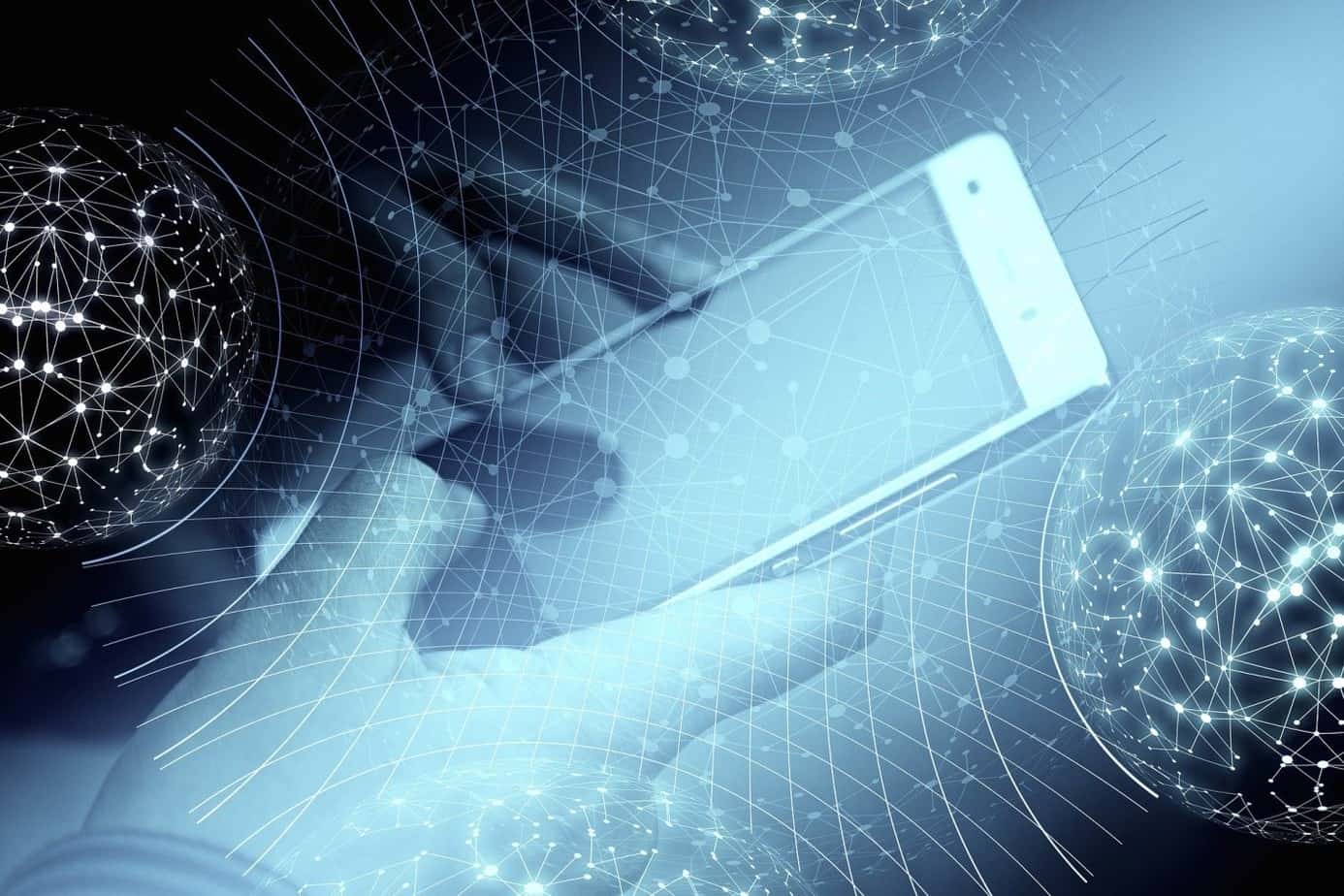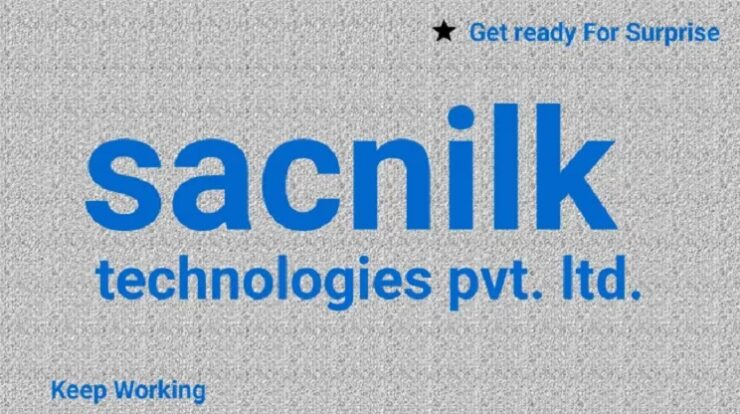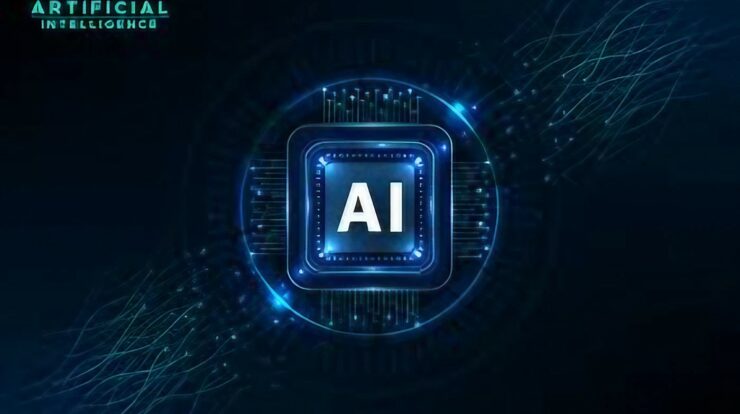
It seems like the basic building block of the world has become data and information. All our activities are getting controlled by it. Many organizations operate massive amounts of information every day. The data consumption globally has rapidly increased after smartphones became common.
People created 90% of global data in the last two years. The advent of big data created the need for big enterprises to find solutions to secure this data. A single data breach can cost your company a fortune these days. Therefore, it’s necessary to protect it from getting leaked or stolen.
Thus, our extractions will help you get the latest and emerging business security updates:
SECURING THE DATA:
- PHYSICAL SECURITY: You need to make sure that your data remains inaccessible in case of loss/theft of company property. It’s important to discourage usage of portable office devices among employees. The workstations need to be BIOS-password-protected. Forbid people from taking their smartphones inside their offices. It will prevent intentional or accidental leakage of data. Also, make sure to restrict unauthorized people from entering the office building. Installing video cameras inside the facility will help detect any illegal activity. When you decide to discard/replace your hardware, erase everything to prevent any data breach.
- CLOUD SECURITY: Cloud computing has revolutionized the data world with its massive storage capacity. A cloud security solution will protect your data from DDoS attacks. Cloud users can claim disaster recovery faster than non-cloud users. You can integrate the cloud system into your organizational devices/applications with an IPAAS; it stands for an Integration Platform as a Service. Many companies offer full-service integration solutions to enhance the agility of your business. These platforms solve an enterprise’s incorporation and data management challenges; store and analyze your data irrespective of its location safely.
- BACKUP AND ANTIVIRUS: Duplicating your data will save your enterprise a lot of trouble. It keeps your sensitive files from getting corrupted or deleted. Your employees should make alterations only in those files that got duplicated; antivirus software protects your office workstations from malware. There are different sorts of antivirus programs in the market. Your organization should find one that corresponds to its specific needs.
- DETECT AND PREVENT INVASIONS: Enterprise use IDS and IPS systems to detect and prevent unwanted access. An IDS monitors the traffic on your network and search for any suspicious activity. If it finds a threat, it raises the alarm to alert you. People often confuse IPS with IDS when they have different operations. The job of IDS is to monitor the system. IPS will take adequate measures to combat any malicious action. Its function is similar to a firewall.
- DATA ENCRYPTION: The method of encoding messages into a cipher is an ancient one. Encryption provides security to your files by making your data inaccessible to unauthorized readers. Your employees will have an encryption key to decode the data. Encryption methods – symmetric or asymmetric – form the basis of every security program. Data encryption applications protect your data in all states – at rest and in transit.
- ACCESS CONTROL: Companies need to regulate their workers’ physical and logical access to sensitive data. A person can access office devices after authentication and authorization. The principle of least privilege makes sure that employees don’t get the access useless to them. Auditors make sure that this principle gets upheld. Organizations prepare ACLs to determine what level of permission an employee deserves. Access control works better than a VPN.
- VPN FOR REMOTE ACCESS: Encryption methods provide privacy to VPN networks. Therefore, your employees can use the internet as a private network. Enterprises also use a VPN for access control. Access control means controlling the level of access you wish your employees to possess. Your IT team can set up different VPNs for different levels of access. This technique minimizes the risk of data breaches when employees work from home.
- IT SECURITY AUDITING: Security auditing must occur in big enterprises at least once a year. An IT security auditor will examine your networks to find any possible weaknesses. This risk assessment will strengthen your infrastructure and ensure that your security’s up-to-date. These audits justify your company’s data protection expenditures. Your organization can enhance its productivity with auditing by calculating the possibilities of data leakage.
- SIEM SOFTWARE: SIEM stands for security information and event management. Its primary purpose is log storage and management to maintain audit trails. Being a combination of SIM and SEM, people use these terms with SIEM. SIEM software performs two main functions. It records security-related events such as multiple failed login attempts. Then it sends an alert when it detects any unauthorized or malicious activity in the network.
- CONSTANT VIGILANCE: Keeping a watchful eye over your employees will save you from data leakage misfortunes. You need to keep your security systems up-to-date. Your employees need to get trained in security measures. Remember that hackers will always target your enterprise. Be careful about scams and phishing. Teach your employees to have strong passcodes. They also have to be vigilant about their mobile devices because of the following threats:
THREATS TO DATA SECURITY
- PHYSICAL LOSS/THEFT OF DATA: Employees can take their mobile devices out of the office. It creates the risk of company data getting robbed/stolen. Employees can also transfer data into an unauthorized device such as a USB.
- SHOULDER SURFING: This maneuver looks so childish that sometimes people become careless about it. A random guy can walk up to you and take a picture of your computer screen. Therefore, unsuspecting employees can leak sensitive information outside the office.
- SOCIAL ENGINEERING: In cybersecurity, social engineering tricks people into trusting a source and giving it sensitive information. Phishing is a form of social engineering. A hacker can also impersonate a coworker and convince employees to reveal essential data.
- MALWARE: A shortened version of malicious software; this threat needs no introduction. It has different kinds, such as viruses, worms, Trojan horses, and others. Hackers can use malware to track employees’ keyboard movements and steal sensitive information.
- SHADOW IT AND PUBLIC WIFI: Some employees tend to use devices/applications unapproved by the company’s IT department. It becomes difficult to trace for the IT guys. Also, using public wifi is never recommended for sensitive data sharing.
CONCLUSION
There are certain qualities you need to look for in your desired data security solution. No matter the effectiveness — if it doesn’t integrate with the company’s infrastructure, it is useless. Secondly, this solution needs to ensure protection from data leakages without any interruption in your enterprise’s service. It needs to be data-centric, guaranteeing high performance. This solution will also need to be adaptable to the latest technology in the market. By successfully eliminating all threats, a data security solution will enhance your commercial productivity. Remember, the bigger the organization, the larger are more diverse are its data security requirements.


